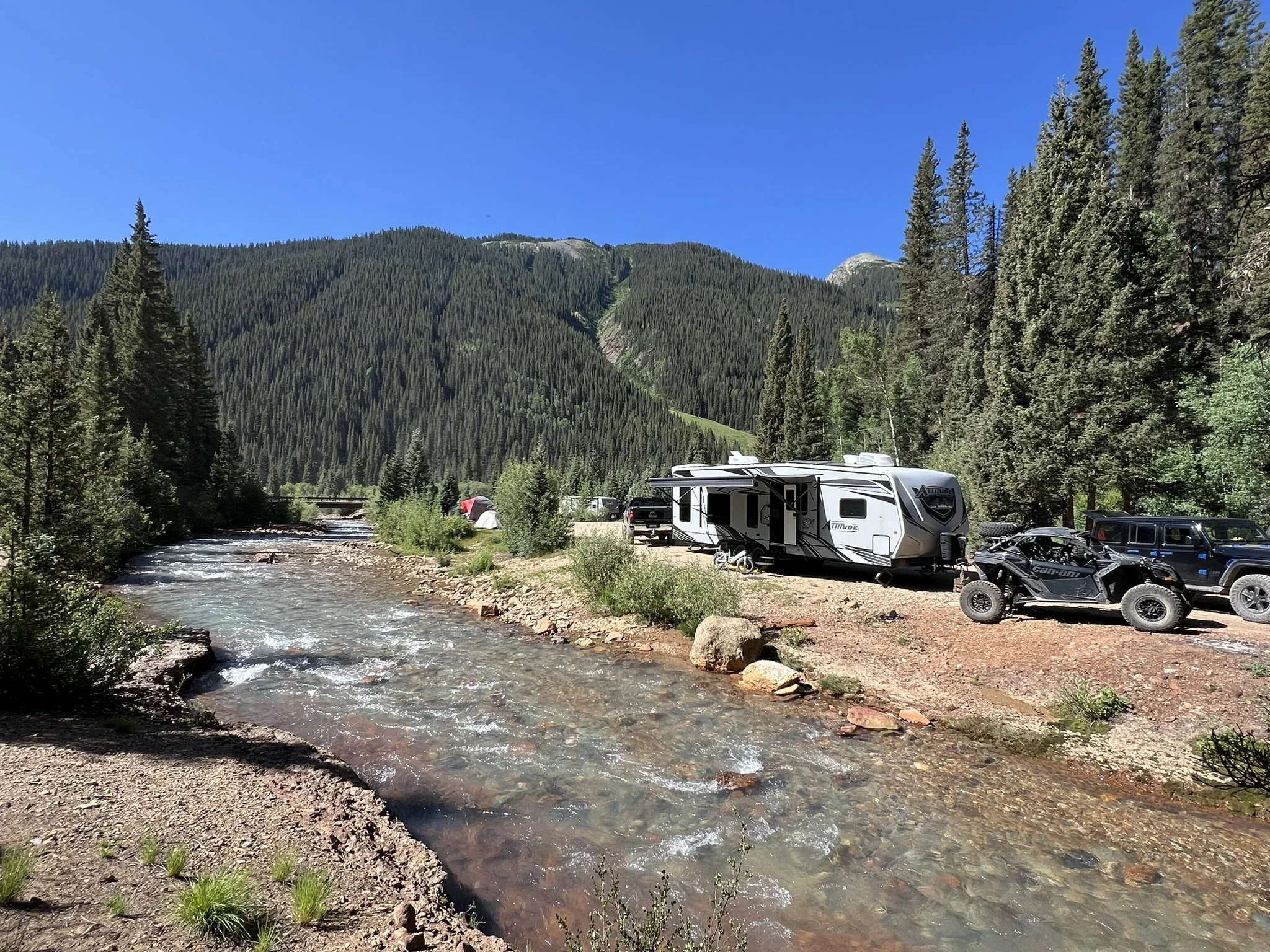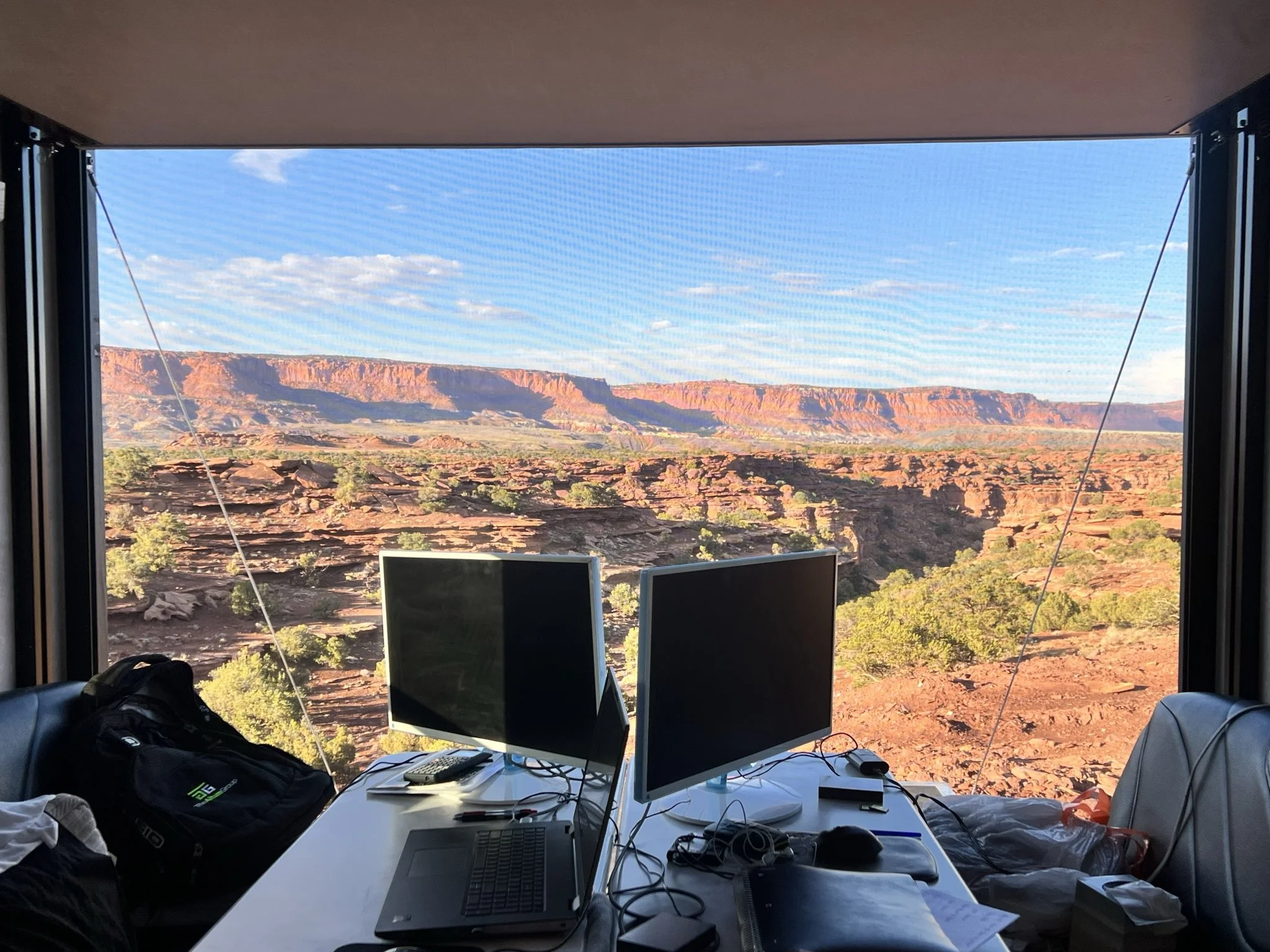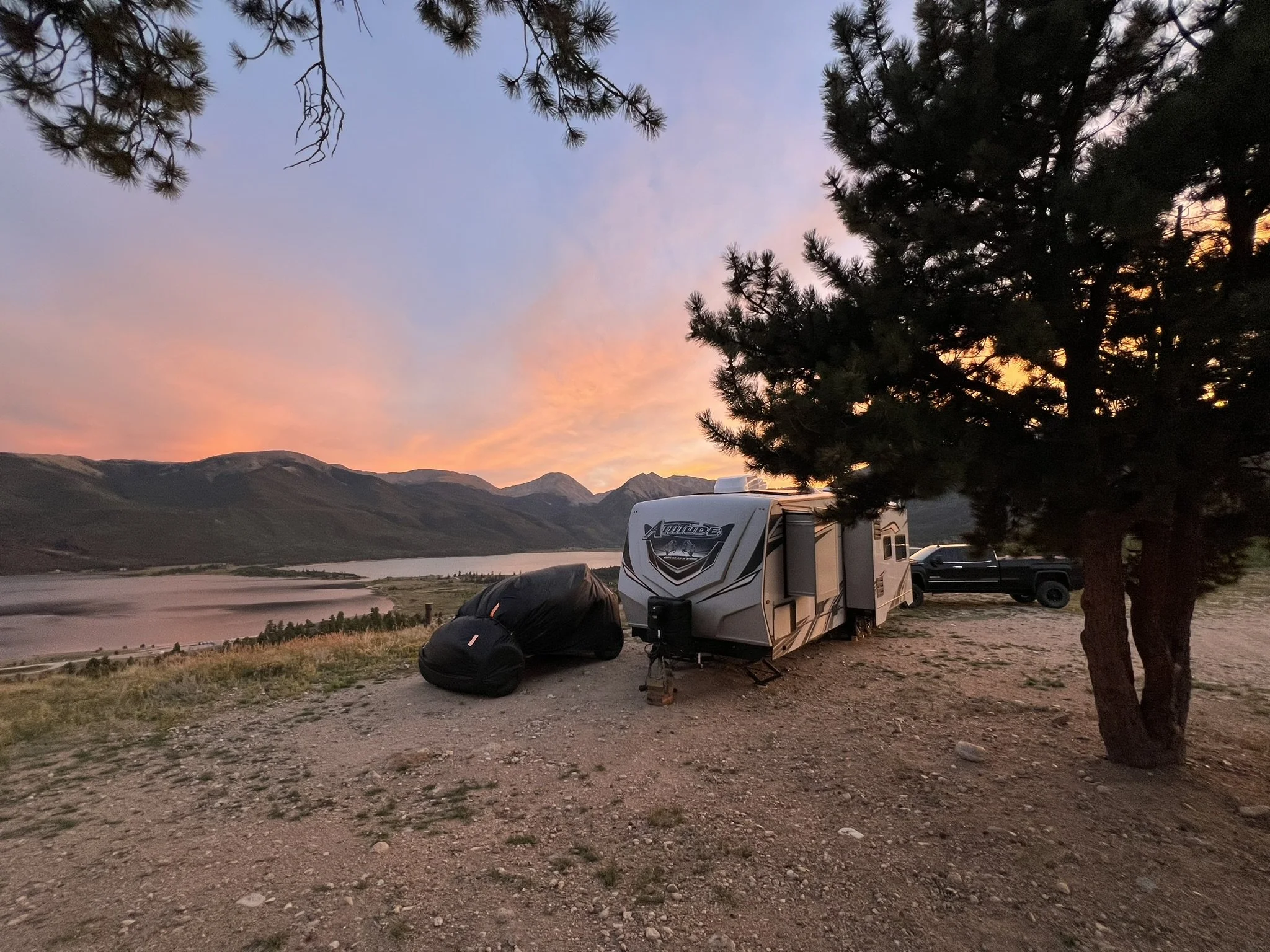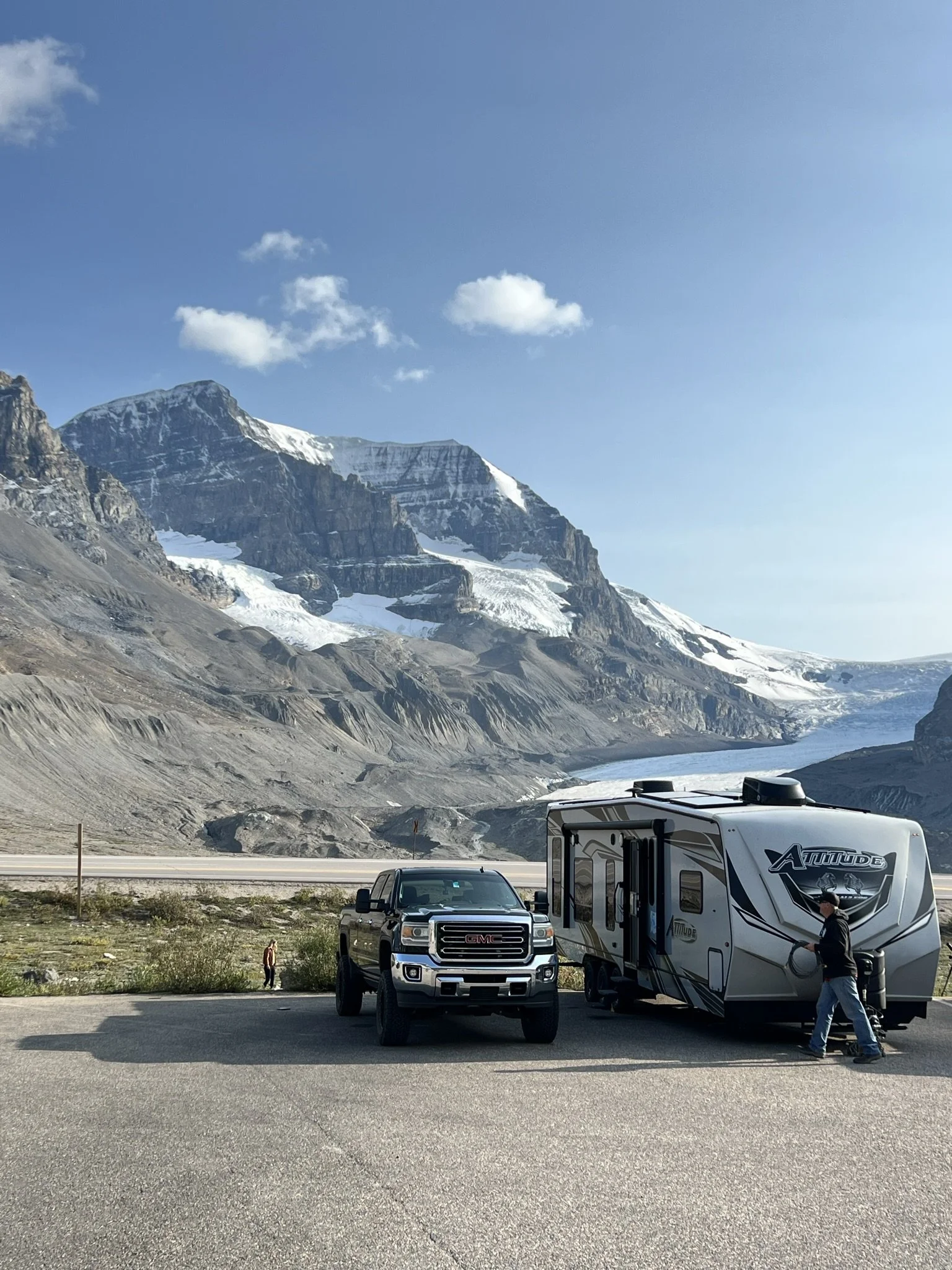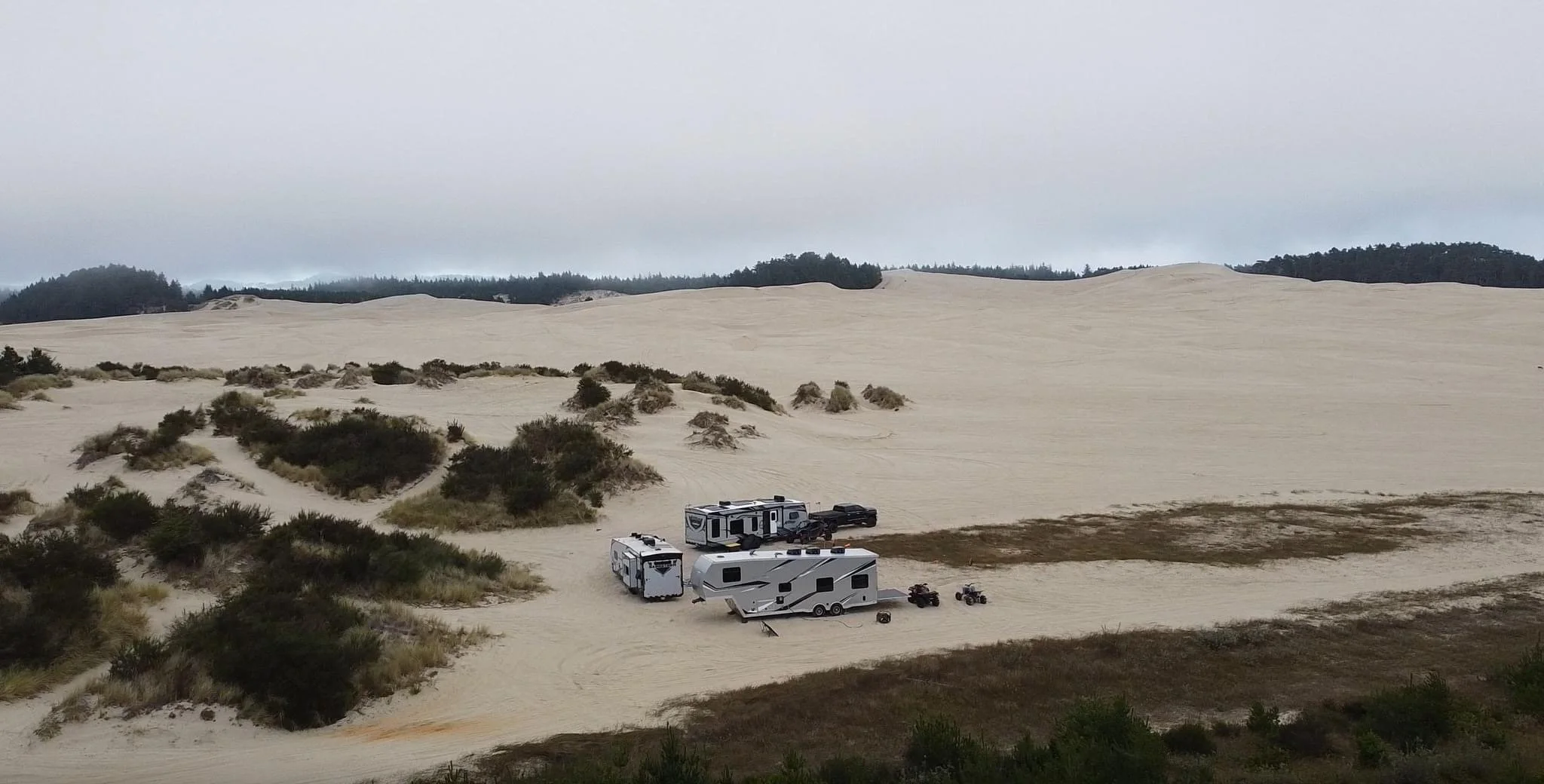Boondocking and Dry Camping: The Ultimate Off-Grid RV Adventure
If you're dreaming of waking up in your RV to nothing but the sound of waves crashing, birds chirping, or the breeze rustling through the trees, then boondocking and dry camping might be your ticket to freedom. We believe that the real magic of RV life happens when you're off the grid, immersed in wild landscapes, and fully self-reliant.
What Is Boondocking (aka Dry Camping)?
Boondocking, also called dry camping, means camping without any connections to traditional campground hookups—no electricity, no water spigots, and no sewer. You’re on your own. These spots also typically don’t offer amenities like bathrooms, showers, picnic tables, or fire rings.
Because there are no hookups or facilities, your RV needs to be fully self-sufficient. That means:
Fresh water tanks filled to the brim
Black and gray tanks completely emptied
Batteries charged
Propane topped off
Generator ready to go (and full of gas)
Solar panels, if you’ve got them, working at max capacity
When you're boondocking, preparation is everything. Once you're out there, you're out there—no camp host to bail you out if something goes wrong. But for those who come prepared, the payoff is unbeatable: solitude (most of the time), scenery, and a true sense of freedom.
Our Off-Grid Setup
Since we live full-time in our RV and still work full-time from the road, we purposefully chose a toy hauler setup for its larger tank capacities and added flexibility for off-grid living.
Our system is dialed in to keep us comfortable and connected even in remote areas:
150-gallon fresh water tank
50-gallon gray tank
50-gallon black tank
2,520 watts of solar on the roof
824 amp hours of lithium batteries
This setup allows us to stay off-grid much longer than a typical RV and still keep up with work, especially with our Starlink satellite internet running 24/7. (If you didn’t know—Starlink is amazing for remote connectivity but can be a bit of a power hog, so having solid solar and battery support is essential.) We can even run our air conditioner for a few hours during the hottest parts of the day or night when needed.
Where to Find Boondocking Spots
Finding places to boondock has gotten a lot easier over the years thanks to the RV and vanlife communities sharing their favorite spots online. Here are a few of the tools and apps we use regularly:
iOverlander – User-generated database of free and paid camping spots
Campendium – Great reviews and details on road conditions, cell coverage, and amenities
AllStays – Especially good for finding overnight stops and lesser-known camping areas (Referral link)
On X Offroad - Great for camping spots and offroad trails
Most of the best boondocking is on BLM (Bureau of Land Management) land, which is publicly owned and typically free to camp on for up to 14 days. You’ll find a ton of these areas in the western U.S.—especially in states like Arizona, Utah, Nevada, and California. The East Coast has far fewer opportunities for true boondocking, and the few that exist are often smaller, harder to access, and more regulated.
Always check local maps, ranger station websites, or posted signage to make sure camping is allowed and to stay updated on fire restrictions, road conditions, and time limits. Some locations also may require a permit which you can usually purchase online and they will have this info on a posted sign at the location if they do.
Dry Camping Campgrounds
In addition to wild boondocking, there are also dry camping-only campgrounds—these can be found in national forests, state parks, and even some RV parks. While they don’t offer hookups, they often have marked campsites, trash services, and sometimes vault toilets. They’re a great option if you’re new to off-grid camping but want a little structure.
Fees for these campgrounds are typically low—anywhere from $10 to $25 per night—and some of them are even free. In Idaho and Colorado, we’ve found dry campgrounds where you can use your America the Beautiful National Parks Pass for a discount or even free entry. That pass pays for itself quickly if you love to roam! Learn more about it on our blog post here: How to Get the America the Beautiful Pass
Our Favorite Boondocking Destinations
We’ve been lucky to explore a wide range of off-grid gems. Here are a few of our favorites:
Southern Utah BLM Land – Red rock views, peace and quiet, and plenty of space
Coconino National Forest, AZ – Tall pines and cool temps in the summer
Eastern Sierra, CA – Epic mountain backdrops and hot springs nearby
Sawtooth National Forest, ID – Crisp alpine air and crystal-clear lakes
Baja California, Mexico – We just wrapped up a 3-month boondocking trip along both coasts, camping on beaches and waking up to sunrises over the ocean—absolutely unforgettable
The Teton’s, WY - This mountain overlook spot we have named “The Ultimate Boondocking Spot”
Oceano Dunes/Pismo Beach - Dry camping right on the beach for only $10 a night. This is a spot we love and have been many times.
Boondocking and dry camping let you trade crowded campgrounds for nature’s best backdrops. It takes planning and preparation, but the reward is worth it. You’ll save money, find more peace and quiet, and reconnect with the wild. Whether you're a seasoned off-roader or just getting started, we highly recommend giving boondocking a try.
Got a favorite dry camping spot or tips of your own? Tag us or share it in the comments—we’re always looking for new places to explore.
See you out there!
Always Practice “Leave no Trace”
Whether you’re hiking, camping, or just enjoying the outdoors, following these principles helps protect our public lands and wild places for future generations:
Plan Ahead and Prepare
Research your destination. Know the rules, weather, and terrain. Bring the right gear, and always have a plan B.Travel and Camp on Durable Surfaces
Stick to established trails and campsites. Avoid trampling plants or creating new paths.Dispose of Waste Properly
Pack it in, pack it out. This includes all trash, leftover food, and even pet waste. Use bathrooms or dig a 6-8 inch “cathole” at least 200 feet from water if necessary.Leave What You Find
Take only pictures, leave only footprints. Don’t disturb natural or cultural artifacts. Let others enjoy the same untouched beauty.Minimize Campfire Impact
Use a camp stove when possible. If fires are allowed, keep them small, use existing fire rings, and never leave them unattended.Respect Wildlife
Observe from a distance. Never feed animals—it can harm their health and behavior. Store food securely.Be Considerate of Other Visitors
Keep noise down, yield to others on the trail, and let nature’s sounds be part of the experience.

